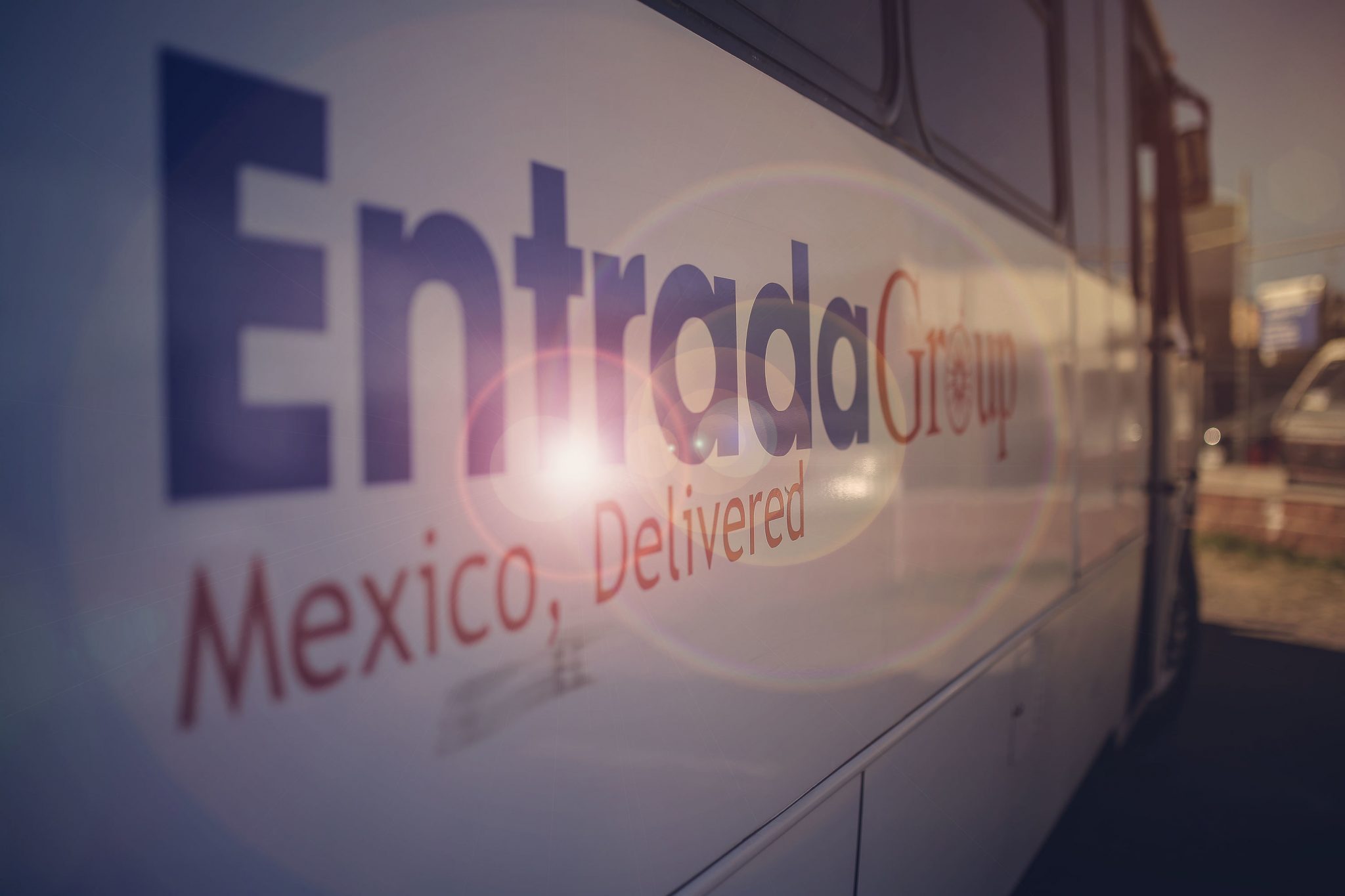7 Reasons Mexico Manufacturing is Key to a Global Diversification Strategy
 The Coronavirus outbreak is putting unprecedented pressure on nearly every industry across the globe, forcing companies to fundamentally restructure operations and corporate strategy just to stay afloat.
The Coronavirus outbreak is putting unprecedented pressure on nearly every industry across the globe, forcing companies to fundamentally restructure operations and corporate strategy just to stay afloat.
Eventually, however, things will return to normal. The catch is that the “normal” that resumes will not resemble what we have known until now. That period will call for new approaches in manufacturing, greater agility and flexibility, and a shift in mindset, for manufacturers of all size.
Diversification will be an essential part of this new normal, following the path established by global OEMs and leading Tier One manufacturers. The difference will be that diversification will no longer be a strategy deployed solely by big companies. Rather, it will be essential to the survival of manufacturers large and small.
Here are the 7 reasons why Mexico manufacturing — combined with Entrada’s manufacturing support platform — optimally support a global diversification strategy (when things get back to normal):
1. If you currently produce in China, Mexico offers the ideal complement. American, Canadian and European manufacturers that already have operations in China were well aware of the numerous challenges there, well before the Coronavirus appeared on the scene. The ongoing US-China tariff war is just one such obstacle (as our blog post demonstrates), that is likely to remain even after things get back to normal post-pandemic. Operations in Mexico give a hedge against any issues in China, whether health-related, policy-oriented, due to natural disaster or from rising wages.
2. If you lack China operations, Mexico offers reliable, cost-competitive production. With labor costs on par with or lower than in China, productive output and North America, Mexico is hard to beat, as our recent blog post and research from Boston Consulting Group points out.
3. North American customer proximity. Your customers need you in their own backyard. That’s why manufacturers of all size have adopted cost-competitive regional production hubs around the world, as our client Elastomer Solutions did when they joined our Zacatecas manufacturing campus (as detailed in our case study). They label their regional manufacturing approach “Triple A,” enabling them to service customers in the Americas, Asia and Africa from nearby cost-competitive production hubs. “Since our customers are global, we are expanding our own footprint in order to ensure that we remain close to them and can service their growing needs,” says Paula Dias, CEO of Elastomer Solutions.
4. Mexico production offers supply base diversity. Mexico’s rich tapestry of manufacturers of all size, from OEMs down to Tier Two and Tier Three suppliers, is extremely diverse. The fact that suppliers in the country hail from all corners of the globe offers a built-in hedge, enabling companies to seek sourcing alternatives when a regional issue arises for a provider in their supply base.
5. Mexico addresses shortages of skills and of labor. When normalcy returns post-pandemic, many of the issues facing manufacturers in the US, Canada and Europe will resume, including lack of labor and skills shortages. In September 2019, for example, the National Association of Manufacturers in the US estimated more than half a million manufacturing jobs went unfilled in the sector. Mexico’s manufacturing labor force skews younger, highly skilled and more desirous of a career in the field. When your labor force is globally diversified, you’re better equipped to handle shortages in one region, as you don’t have all your eggs in one basket.
6. Mexico’s free-floating currency has proven it can handle a crisis. Mexico’s steadily devaluing currency has demonstrated over decades to be a reliable advantage for overseas-based manufacturers in the country. The peso has weakened yet remained stable over time, inspiring confidence from investors. In the two months following the initial appearance of the Coronavirus as a pandemic, for example, Mexico’s peso has decreased over 30% in value. This makes Mexico more attractive to overseas manufacturers compared to other production locations, as our in-depth Mexico currency whitepaper details (though some caveats are worth being aware of).
7. Mexico manufacturing has a track record of quick recovery – just ask our clients. The global pandemic and the subsequent economic downturn that is still unfolding will create hardships for manufacturers the world over. Based on the experiences of Entrada’s Mexico-based clients from past recessionary periods, however, Mexico manufacturing has demonstrated the ability to bounce back from challenging economic times relatively quickly. That’s because Mexico’s competitive labor costs, compared to the US and Canada, make it a natural choice to restart operations in more challenging economic environments.
For certain, the challenges presented by the Coronavirus pandemic and the global downturn that is almost certain to follow are unprecedented. No corner of the world will prove immune to the effects of this virus, and no regional production strategy could overcome the near-global shutdowns and slowdowns we are experiencing. But diversification as a long-term strategy mitigates the risk experienced during more common challenges that could hamper regional operations: political unrest, natural disasters, contained health scares or virus outbreaks, labor strife, tariffs and so forth. Nowhere is risk free, including Mexico. But a diversification strategy that includes Mexico will help companies sustain production and position them well for nearly any crisis that may arise.



